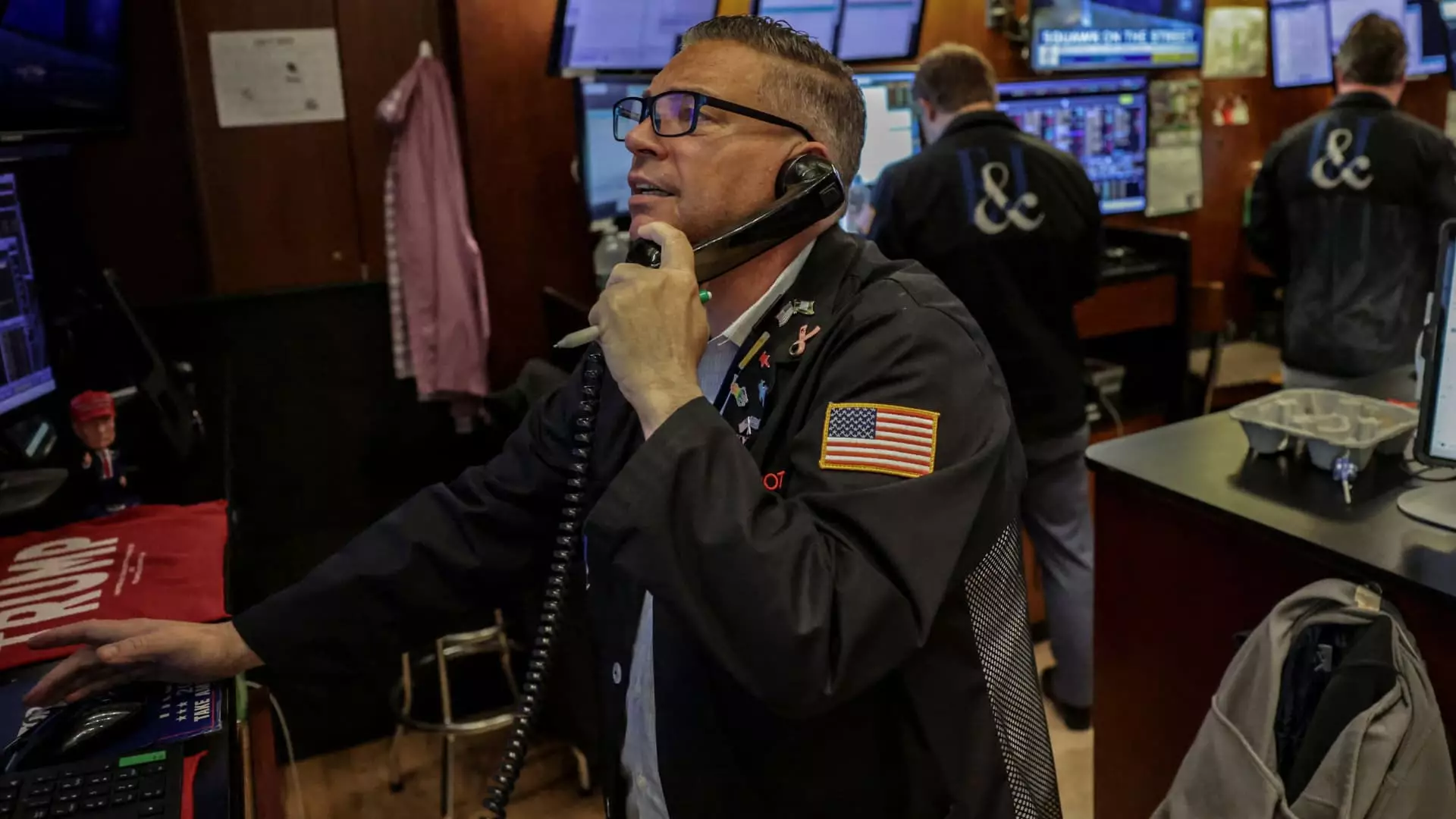In recent weeks, stock markets have exhibited an almost relentless surge, fueled by investor optimism and a wave of bullish sentiment that seems disconnected from underlying economic fundamentals. U.S. equities, notably the S&P 500 and Nasdaq 100, have continued to forge new all-time highs, with the S&P 500 marking its ninth record close this year. While such momentum might be tempting, it’s crucial to scrutinize whether this relentless rise truly signals strength or simply masks a fragile overextension. The current melt-up might look glamorous, but beneath the surface lies an array of risks that investors often overlook amid the hype. The exuberance appears to be driven by a combination of more optimistic earnings reports, subdued inflation, and a rush of cash ready to jump back into stocks—a perfect storm that could soon turn turbulent.
The Illusory Confidence: Euphoria Masks Underlying Weaknesses
The current market euphoria seems unwarranted when you look at the broader economic landscape. While headline earnings beat estimates, many of these results are still expansive and susceptible to future slowdown. The recent optimism is reinforced by savvy market strategists raising their S&P 500 targets, yet such optimism may be premature. This disconnect between lofty targets and actual economic growth is reminiscent of prior bubbles where sentiment surpasses reality. Historically, markets tend to be at their most vulnerable when everyone is convinced that conditions will remain perfect indefinitely. Such Pollyannaish views risk dramatically reversing if any unforeseen geopolitical or economic shocks occur. The market’s recent surge might be less a sign of resilience and more a symptom of overconfidence bordering on complacency.
How Central Bank Policies and Market Psychology Fuel the Bubble
Central bank policies, with their low interest rates and quantitative easing measures, have created a liquidity tidal wave pushing investors toward risk assets. This artificial environment distorts traditional valuation models and incentivizes complacency. Retail and institutional investors alike are swept along, often driven more by trend-following than by sound analysis. The current rush into equities, especially with record amounts of cash on the sidelines, creates the illusion of a robust bull market. Yet, history warns us that periods of excessive optimism are often followed by sharp corrections. When investor sentiment shifts—whether due to inflation fears, geopolitical tensions, or a sudden tightening of monetary policy—the very foundations of this seemingly unstoppable rally could fracture.
The False Security of Options as Risk Management
In such a euphoric environment, many traders are turning to options, like call spreads, to define and mitigate risk rather than relying solely on holding large positions in leverage. While this strategy might seem prudent on the surface, it also illustrates a fundamental issue: traders are now betting heavily on continued gains without sufficient margin for error. Buying expensive call options—particularly in a parabolic move—can be both a smart hedge and a gamble. The risk lies not just in the cost but in the possibility that the market quickly reverses, rendering these options worthless. The reliance on options as a shield reflects an underlying fragility—if the market falters, those premium costs evaporate, exposing traders to significant losses. This cautious approach, while seemingly prudent, underscores how thin the veneer of confidence truly is.
The Paradox of Overinvestment and Overcaution
Despite the relentless climb, a paradox exists within the investor psyche. Record levels of cash indicate a warning sign—investors may be anxious about the sustainability of this rally but are hesitant to fully abandon the market. This ambivalence fuels a delicate balancing act: money pours in, yet there’s a growing awareness that such runs are unsustainable long-term. The market’s current trajectory may be more of a short-term mirage, driven by behavioral biases like FOMO and herd mentality, rather than genuine economic strength. Given this, a conservative approach—using options to limit downside—becomes the logical, if not entirely reassuring, step. The danger is that many market participants are overexposed in an environment susceptible to swift, panic-driven reversals if the fundamentals suddenly crack.
The current market environment presents a paradoxical scenario: an overhyped, speculative bubble that feels invulnerable but is built on fleeting optimism and artificial support. When this illusion collapses, it could leave unprepared investors scrambling to minimize damage. In such a climate, skepticism isn’t just advisable; it’s essential for navigating the turbulent waters ahead.


Leave a Reply